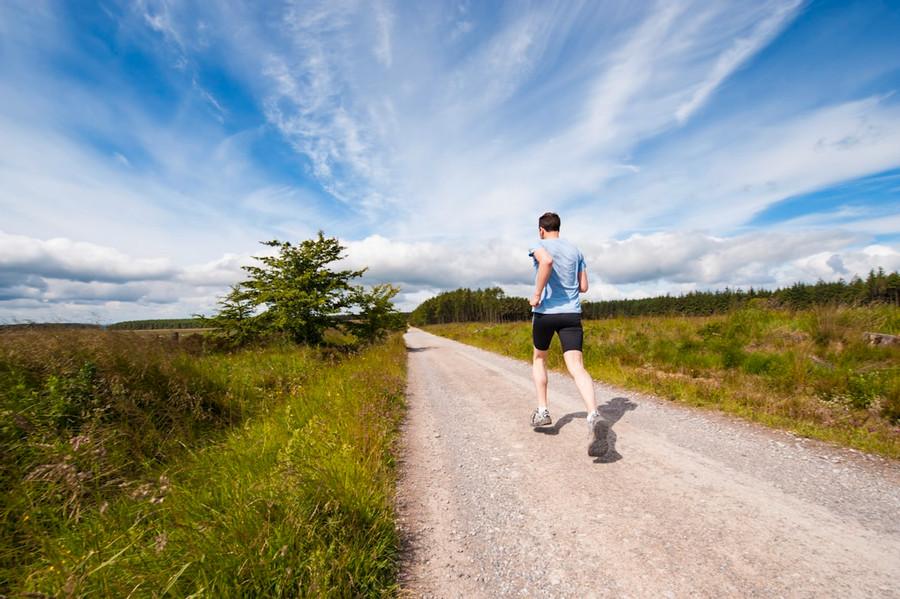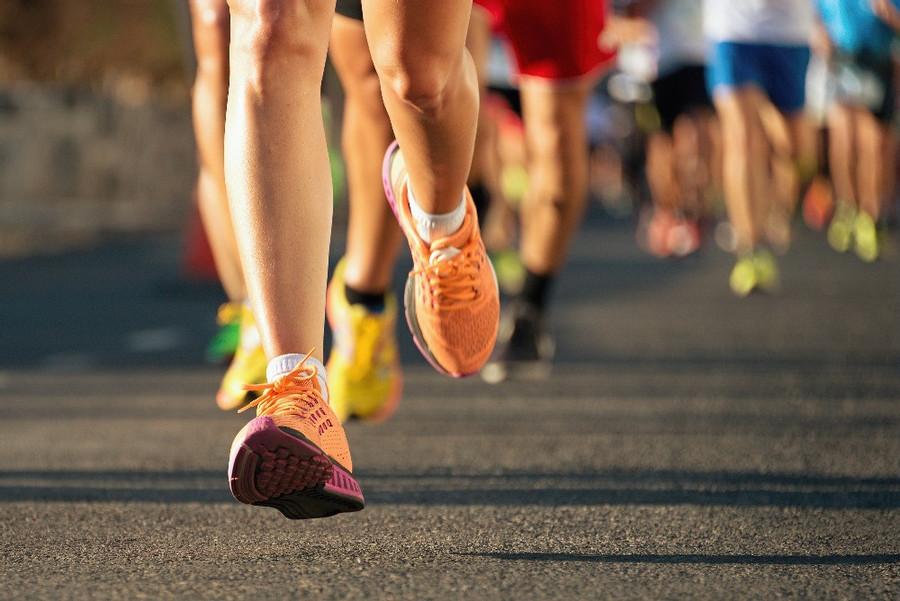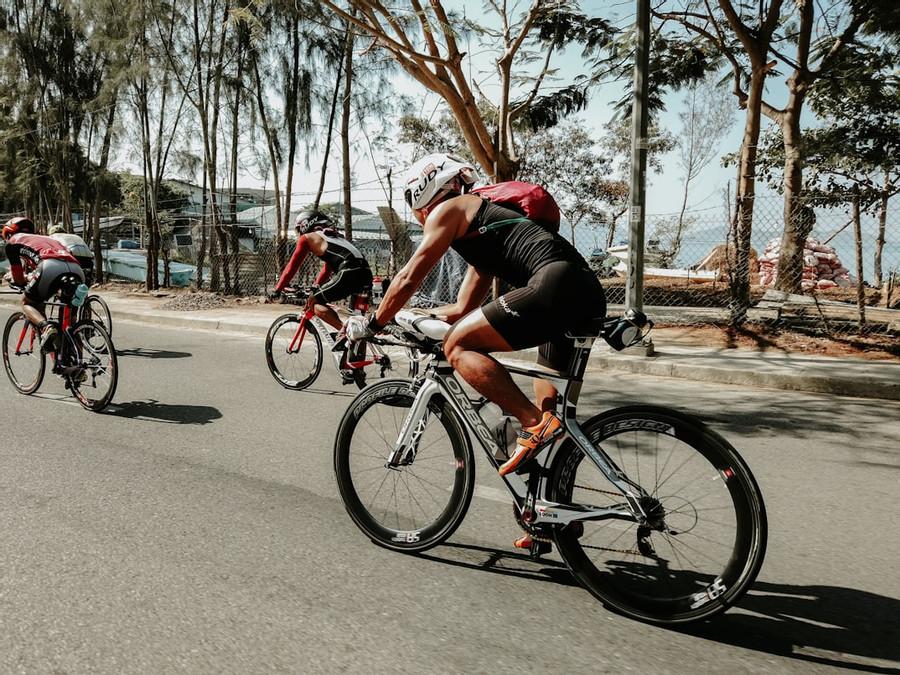Explore the World's Best Ideas
Join today and uncover 100+ curated journeys from 50+ topics. Unlock access to our mobile app with extensive features.
Benefits of Running
It is never too late to start running. Many take up this sport in their 50s and beyond. To start, you only need a good pair of running shoes and a desire.
Running is a very effective way to build cardiovascular endurance and increase mental toughness. It is an excellent stress reliever and will improve your health overall.
1.57K
9.5K reads
Types of Running
- Road Running: running on paved roads, paths, and sidewalks.
- Treadmill Running: easier than outdoor running and can be gentler on your joints.
- Racing. Road races can vary from 5Ks to half or full marathons or even ultramarathons.
- Trail Running: it takes place on hiking trails, from deserts to mountains.
- Track Running. Track events include shorter distance races from the 50-yard dash to 400-meter sprints.
1.37K
8.15K reads
Getting Started
- Invest in Shoes and Gear. Visit a specialty running store to get fitted for the best shoes for you and check out gear such as running shorts, tops, or tights made of wicking fibers.
- Stay Safe. Do a warmup before you start, like a walk or an easy jog for 5 min.
- Follow running safety advice, such as going against traffic when running on roads. Always carry some form of identification with you.
- Use the Run/Walk Method. Start with running for one minute, then walk for one minute. Try to increase the running intervals over time.
- Make It Manageable. Keep a conversational pace during each workout. If you can't speak in a full sentence, slow down. Breathe through your nose to get enough oxygen.
1.79K
7.89K reads
Good Running Posture
Keep your posture upright, head lifted, back should feel tall, and shoulders level. Keep your pelvis neutral and your hands relaxed. Let your arms swing from the shoulder joint.
As runners get tired, they tend to lean forward or back at their waist. Their shoulders may start to hunch over, which restricts breathing. Try to avoid this. Focus your eye about 10 - 20 feet ahead of you.
1.7K
7.63K reads
Monitor Your Footstrike
- *If you are a toe runner, your calves will get tight and you could develop shin pain.
- If you land on your heals, you are usually taking steps that are longer than they need to be. It wastes energy and may cause injury.*
Try to land on the middle of your foot, then roll through to the front of your toes.
1.72K
7.59K reads
Hydration
- You should drink before, during and after your runs. Drink when you feel thirsty.
- As a general rule, you should drink four to six ounces of fluid every 20 minutes during your runs. Faster runners should increase their fluid intake to eight ounces every 20 minutes.
- Workouts longer than 90 minutes require some form of sports drink to replace lost sodium and electrolytes.
1.56K
6.85K reads
Running Nutrition
Eating anything you want may lead to weight gain after a few months of regular running. Instead, focus on a healthy balanced diet.
- Eat something light that is high in carbohydrates 2 hours before you start running.
- If you're going to run longer than 90 minutes, consume 100 calories after an hour and another 100 calories every 45 minutes.
- After a long run, eat some carbs and protein within 30 minutes. The ratio of carbs to protein is 3 to 1.
1.72K
6.78K reads
Motivation
To keep up your motivation:
- Join a running group to help you when you face challenges.
- Consider running with music
- Keep a running journal
- Fill your personal spaces with motivational running quotes.
1.55K
8.31K reads
Cold Weather Running
- Dress in layers. Start with a thin layer of wicking material, a middle layer of polar fleece and an outer layer of nylon to protect against wind and rain.
- Cover your head. Wear a hat to help prevent heat loss, and gloves and warm socks if needed.
- Don’t overdress.
1.44K
5.43K reads
Hot Weather Running
- Light loose gear will help your body breathe and cool down.
- Use water in and on your body to cool you down during runs. Splash cold water on your head, back of your neck and under your arms.
- Don't push your pace in hot and humid conditions.
1.38K
5.23K reads
Cross-Training
Your running should include more than just running.
Mix other activities like cycling, swimming, skating, aerobic exercises or strength training to help avoid getting burned out.
1.32K
5.67K reads
Race Training
- 5K. This is a great race for beginners. Seasoned runners also participate in these races at a very fast pace.
- 10K. When you are comfortable running a 5K, the next step is a 10K.
- 10 Mile. This type of event is challenging but can be done for those who are used to a 10K.
- Half Marathon. It requires substantial training and an organized plan.
- Marathon. This event welcomes runners and walkers of different abilities.
- Ultramarathon. This is the ultimate running experience and takes serious training.
1.31K
5.66K reads
IDEAS CURATED BY
Fiona I.'s ideas are part of this journey:
Learn more about exerciseandfitness with this collection
Proper running form
Tips for staying motivated
Importance of rest and recovery
Related collections
Similar ideas
4 ideas
How to Avoid Injuries as a Beginning Runner
vitals.lifehacker.com
5 ideas
Running 101: A Beginner's Guide
fitnessmagazine.com
5 ideas
How Fast Can Humans Run? Plus, How to Be a Faster Runner
verywellfit.com
Read & Learn
20x Faster
without
deepstash
with
deepstash
with
deepstash
Personalized microlearning
—
100+ Learning Journeys
—
Access to 200,000+ ideas
—
Access to the mobile app
—
Unlimited idea saving
—
—
Unlimited history
—
—
Unlimited listening to ideas
—
—
Downloading & offline access
—
—
Supercharge your mind with one idea per day
Enter your email and spend 1 minute every day to learn something new.
I agree to receive email updates






